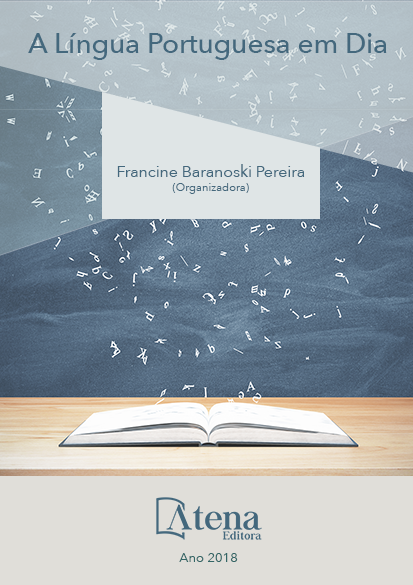
A Travessia da letra e das personagens claricianas
Duas têm sido a maneira de se fazer
literatura no Brasil, desde a colonização: uma
voltada para a aceitação da “imposição cultural”
(CÂNDIDO, 2009) da matriz colonizadora ibérica,
ideológica, portanto e, outra, contraideológica,
que busca desestabilizá-la, “adaptando-a”
(CÂNDIDO, 2009) ou desconstruindo-a, a fim
de mostrar seu caráter contingente, arbitrário
e, consequentemente, colonizador. Usando
a terminologia de Barthes (2006), no primeiro
caso, temos o que os teóricos chamam mímesis
da representação e, no segundo, a mímesis
da produção. A primeira resulta no “texto de
prazer” e, a segunda, no “texto de fruição”. Este
é aquele tipo de texto que sugere um estado de
perda” (BARTHES, 2006, p. 20-1), aquele é o
tipo de texto “que contenta, enche, dá euforia;
aquele que vem da cultura, não rompe com ela,
está ligado a uma prática confortável de leitura”
(BARTHES, 2006, p. 20). Alguns escritores
trabalham com essas duas escritas ao mesmo
tempo. É o caso de Clarice Lispector que nos
faz entender que a literatura tem sua maneira
peculiar de representação. A partir de tais
premissas elaboramos este artigo, cujo objetivo
é analisarmos o conto “Amor”, de Laços de
Família (1960) e o romance A Paixão Segundo
G. H. (1964), com a finalidade de esclarecer
sobre o modo como a escritora trabalha de
forma alegórica com a travessia da letra e do
“eu” encenados, simultaneamente.
A Travessia da letra e das personagens claricianas
-
DOI: 10.22533/at.ed.89518221114
-
Palavras-chave: História da literatura. Clarice Lispector. Imposição cultural.
-
Keywords: History of literature. Clarice Lispector. Cultural Imposition.
-
Abstract:
Two have been the way to make
literature in Brazil, since colonization: one
aimed at accepting the “cultural imposition”
(CÂNDIDO, 2009) of the Iberian, ideological,
and therefore counter-ideological colonizing
matrix that seeks to destabilize it , “Adapting it”
(Cándido, 2009) or deconstructing it, in order to
show its contingent, arbitrary, and consequently
colonizing character. Using the terminology of
Barthes (2006), in the first case, we have what
theorists call mimesis of representation and, in
the second, the mimesis of production. The first results in the “text of pleasure” and the second in the “text of enjoyment.” This is the
type of text that suggests a state of loss “(Barthes, 2006, pp. 20-1), that is the type
of text” that contributes, fills, gives euphoria; the one who comes from culture, does
not break with it, is connected to a comfortable reading practice “(BARTHES, 2006,
p.20). Some writers work with these two writings at the same time. This is the case
of Clarice Lispector who makes us understand that literature has its peculiar way of
representation. Based on these premises, we elaborate this article, whose objective is
to analyze the “Love” story, of Family Ties (1960) and the novel The Passion Second
GH (1964), in order to clarify how the writer works allegorical form with the crossing of
the letter and the “I” staged simultaneously.
-
Número de páginas: 15
- Ivete Monteiro de Azevedo


